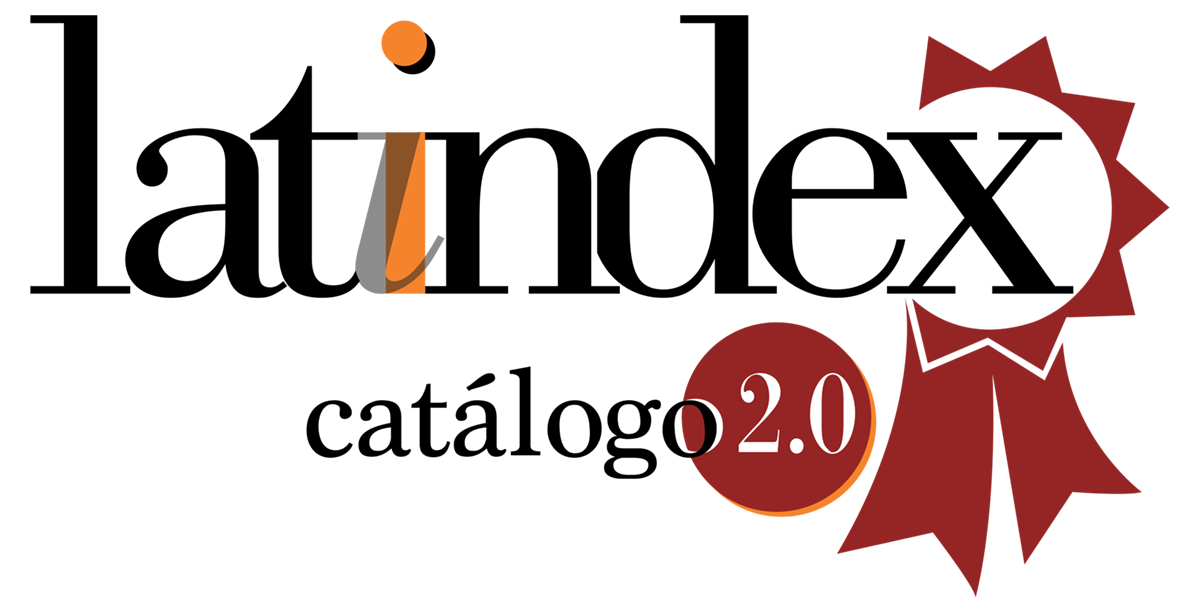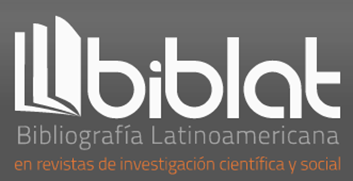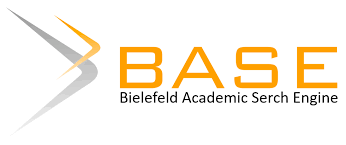Quality control using nondestructive testing
DOI:
https://doi.org/10.57201/ieuna2323248Keywords:
NDT, quality control, maintenanceAbstract
The operating requirements of the different industrial equipment and parts, whether in the maritime, aeronautical, manufacturing, automotive, energy, etc. fields, require very strict demands in terms of the quality of the parts used and the joining mechanisms in their construction. The evaluation of the condition of metal parts and joints is not only limited to the construction period but also throughout the service life in order to activate mechanisms for the prevention and/or detection of failures in the parts and joints. This helps to avoid that a worsening of incipient failures can have serious consequences on the operation of the machinery. In order to avoid these problems, there are techniques known as non-destructive testing (NDT), whose application allows the detection of failures in welds, castings, concrete, etc. In addition to their proven effectiveness, these techniques are applied without the need to alter the physical composition of the material under test, allowing them to be carried out even during their operation. In this work the fundamentals of nondestructive testing and the study of some relevant cases are presented, such as the study of the thickness of pipes and detection of the reduction of the thickness of the internal walls due to the effects of corrosion using ultrasound and parasitic currents, the detection of a crack in a welding job using penetrating liquids in one case and in another by infrared thermography and finally in the last case the inspection of the thickness of a pipe by means of parasitic currents.
Downloads
References
Aglawe, H. A. & Soni, P. K. (2015). An investigation into non destructive testing techniques: A specific case study. International Journal of Research in Engineering and Technology, 4(6), 130-5. https://ijret.org/volumes/2015v04/i06/IJRET20150406021.pdf
Angelo, J. D., Bennecer, A., Picton, P., Kaczmarczyk, S. & Soares, A. (2016).Eddy current analysis of shipped stainless steel heat exchanger bundle. Case Studies in Nondestructive Testing and evaluation, 6, 89-93.
https://www.sciencedirect.com/science/article/pii/S2214657116300417
Andreucci, R. (2006). Radiología Industrial. E-book. https://portalidea.com.br/cursos/b6bcaa67a33b2f3af90bb88302d765c2.pdf
Andreucci, R.(2009). Partículas magnéticas. E-book. Jan. /2009. https://infosolda.com.br/wp-content/uploads/Downloads/andreucci/PM-2009.PDF
Andreucci, R. (2014). Ensayo por Líquidos Penetrantes. E-book. Jan./2014. https://infosolda.com.br/wp-content/uploads/Downloads/andreucci/LP-2014.PDF
Andreucci, R.(2018). Ensaio por Ultrassoml. E-book. Jun. / 2018. https://www.abendi.org.br/abendi/Upload/file/biblioteca/apostila_us_2018.pdf
Broberg, P. (2013). Surface crack detection in welds using thermography. NDT & E International, 57, 69-73. Elsevier.https://www.sciencedirect.com/science/article/pii/S096386951300056X.
Corrosion in Chilled Water Pipes. (2013). http://www.appliedinspection.co.uk/case-study-2-corrosion- in-chilled-water-pipes/
Gupta, M., Khan, M. A., Butola, R. & Singari, R. M. (2021). Advances in applications of Non- Destructive Testing (NDT): A review. Advances in Materials and Processing Technologies, 8(4), 1-22. DOI:10.1080/2374068X.2021.1909332
International Atomic Energy Agency. (1992). Industrial Radiography. Manual for the Syllabi Contained in IAEA-TECDOC-628, "Training Guidelines in Non-destructive Testing Techniques". Vienna. IAEA. Training Course Series N° 3. https://www.iaea.org/publications/345/industrial-radiography-manual-for-the-syllabi-contained-in- iaea-tecdoc-628-training-guidelines-in-non-destructive-testing-techniques
International Atomic Energy Agency. (1988). Ultrasonic Testing of materials at level 2 A technical document issued by the international atomic agency. Vienna: IAEA.
https://inis.iaea.org/collection/NCLCollectionStore/_Public/19/100/19100874.pdf
International Nuclear Information System. (1999). Non-destructive Testing: A Guide book for Industrial Management and Quality Control Personnel. Vienna. International Atomic Energy Agency. https://inis.iaea.org/collection/NCLCollectionStore/_Public/31/005/31005449.pdf.
International Atomic Energy Agency. (2000). Liquid Penetrant and Magnetic Particle Testing at Level 2. Manual for the Syllabi Contained in IAEA-TECDOC-628, “Training Guidelines in Non- destructive Testing Techniques”. https://www-pub.iaea.org/MTCD/Publications/PDF/TCS-11.pdf
International Atomic Energy Agency. (2011). Eddy Current Testing at Level 2: Manual for the syllabi Contained in iaea-TeCDoC-628.rev. 2. "Training guidelines for non Destructive Testing Techniques". Vienna. IAEA. https://www-pub.iaea.org/MTCD/Publications/PDF/TCS- 48_web.pdf
JFE Steel Corporation. (2016). Infrared Thermography for Nondestructive Testing. The Technical Report No. 21. https://www.jfe-steel.co.jp/en/research/report/021/pdf/021-33.pdf.
Kaewunruen, S. & Remennikov, A. (2006). Non-destructive testing (NDT): A tool for dynamic health monitoring of railway track structures. Materials Australia, 39(6), 14-16. https://ro.uow.edu.au/engpapers/315/
Madani, S. & Azizi, M. (2015). Detection of weld defects in radiography films using image processing. Cumhuriyet Üniversitesi Fen Edebiyat Fakültesi Fen Bilimleri Dergisi, 36(3), 2397-2404. https://dergipark.org.tr/tr/download/article-file/714015.
Moore, P. O. (ed.) (2015). Visual Testing Method. ASNT Level II. 3° ed. The American Society for Nondestructive Testing. https://www.pdfdrive.com/asnt-study-guide-level-2-visual-testing- method-d191408554.html.
Motukisi, E. (2012). Magnetic Particle Inspection. Characterisation of the magnetic field for various.
magnetization techniques. 18th World Conference on Non destructive Testing, 16-20 April 2012. Durban, South Africa. https://www.ndt.net/article/wcndt2012/papers/77_Motukisi.pdf.
Rosado, L. S., Santos, T. G., Piedade, M., Ramos, P. M. &Vilaça, P. (2010). Advanced technique fornon-destructive testing of friction stir welding of metals. Measurement, 43(8), 1021- 1030.www.researchgate.net/publication/229360786_Advanced_technique_for_non destructive_testing_of_friction_stir_welding_of_metals
The Last Guide to NDT (Non-Destructive Testing) You'll Ever Need. (2022). https://www.flyability.com/ndt
Upda, L. (2012). Eddy Current Techniques in NDT. Nondestructive Evaluation Laboratory Department of Electrical and Computer Engineering. Michigan State University. WCNDT Preconference Workshop, Durban, April 15. https://www.ndt.net/article/wcndt2012/workshop/WCNDT- EC%20wrokshop.pdf.
Usamentiaga, R., Venegas, P., Guerediaga, J., Vega, L., Molleda, J. &Bulnes, F. G. (2014). Infrared thermography fortemperature measurement and non-destructive testing. Sensors, 14(7), 12305-12348. https://www.mdpi.com/1424-8220/14/7/12305.
Published
How to Cite
Issue
Section
License
Copyright (c) 2023 Federico Rodolfo Fernandez Gomez

This work is licensed under a Creative Commons Attribution 4.0 International License.

















